Testosterone levels in men decline about 1-3% every year after age 30-40, and 20% of men over the age of 60 have testosterone levels below the reference range.[1] Therefore, maintaining hormonal balance to support top workout performance, energy levels, a healthy sex drive, and a good overall well-being is essential.
Knowing the importance of hormonal balance, many supplement companies and manufacturers are continuously researching natural compounds that might be able to aid in the process.
Enhanced Labs Top T Marks The Return of Enhanced Labs with ProtoTest

Enhanced Labs Top T is raising the bar with ProtoTest and EndoFlo, two cutting-edge ingredients from Aura Scientific.
With that continuous innovation, we've seen new ingredients developed to help us take advantage of natural compounds' potential benefits. That includes two cutting-edge ingredients in Enhanced Labs Top T: ProtoTest and EndoFlo from Aura Scientific. We recently covered ProtoTest in our article, "ProtoTest: Vitality Booster from Aura Scientific with 50% Protodioscin", and are incredibly excited to see a formula using it.
You may know Enhanced Labs from last decade – the big news is that they're under completely new ownership, and their new team is doing some incredible things - with clean, compliant labels!
Overall, we believe Enhanced Labs Top T is a very well-thought-out formula with ProtoTest and EndoFlo being the stars of the show that put them over the top. In this article, we take a deep dive into each ingredient in this formula to see how they enhance libido, circulation, workout performance, testosterone production, and more.
Enhanced Labs Top T – Deals and Price Drop Alerts
Get Price Alerts
No spam, no scams.
Disclosure: PricePlow relies on pricing from stores with which we have a business relationship. We work hard to keep pricing current, but you may find a better offer.
Posts are sponsored in part by the retailers and/or brands listed on this page.
This area is reserved for Team PricePlow's upcoming videos.
Subscribe to our channel and sign up for notifications so you catch it when it goes live!
Enhanced Labs Top T Ingredients
The ingredients in Enhanced Labs Top T are:
-
ProtoTest™ [Dioscorea Nipponica Extract (Protodioscin 50%)] - 100 mg
ProtoTest is a Dioscorea Nipponica extract standardized to 50% protodioscin. Its primary function in Enhanced Labs Top T is to boost vitality and libido, and it functions as a DHEA precursor.
ProtoTest is a standout ingredient in this cutting-edge formula because it provides a better libido-boosting solution than Tribulus Terrestris, which sometimes had protodioscin, but not always – and that seemed to be the make-it-or-break-it constituent for the plant. Tribulus is an herbal aphrodisiac often used in products like this, but simply hasn't been consistent.
Solving The Problem with Tribulus Terrestris
Tribulus has been used for centuries in traditional medicine for enhancing male vitality and sexual health. It's often been included in testosterone or libido-boosting supplements for this reason. However, modern studies on it have shown mixed results.
Research has found that the primary reason why Tribulus has positive effects on libido and sexual performance is it contains a compound called protodioscin.
Studies using high protodioscin extracts tend to have great results. One conducted on male rats using an extract of 45% protodioscin by weight showed significant increases in testosterone, luteinizing hormone (LH), dihydrotestosterone (DHT), libido, and sexual performance.[2] Other studies using a high protodioscin extract on male primates had a similar effect.[3]
Adversely, studies using Tribulus extracts with low protodioscin content yielded inconsistent or worse results.[4]
The problem is that not all Tribulus plants contain the same amount of protodioscin. For instance, Tribulus plants in Bulgaria and other Eastern European regions often have higher concentrations of protodioscin. However, plants from China and India tend to have lower concentrations.[5] That poses a big sourcing issue.
It's also generally hard to measure the amount of protodioscin in Tribulus plants since there isn't a standardized practice for it. The only way to do it is to measure the total amount of saponins in the plant, but saponins are a broad spectrum of compounds, and protodioscin is only one of them. Therefore, an extract with a high percentage of saponins doesn't necessarily equate to a high percentage of protodioscin.
Aura Scientific Provides The Solution
Fortunately, there's a way to get supplements with a high protodioscin content to reap its benefits. That's where ProtoTest, created by Aura Scientific, comes into play.
Knowing that protodioscin is the key to libido-boosting benefits, Aura Scientific decided to look for other options. They discovered that the Dioscorea Nipponica root also contains high levels of protodioscin and is a more reliable source for extracting it. That way, this compound can be used to its full potential in testosterone and libido-boosting supplements like Enhanced Labs Top T.
The Mechanism of Action for Protodioscin
To give you a bit more detail, here's how protodioscin works to boost libido and sometimes testosterone.
Protodioscin stimulates the body's natural production of DHEA, which serves as a precursor to testosterone and other androgens. That DHEA can then be further metabolized into testosterone and DHT, two hormones that influence libido, erectile dysfunction, and overall reproductive health.[6-9]
Additionally, animal studies have shown protodioscin can increase the density of Leydig cells, which produce testosterone in the testes. It also appears that it enhances the sensitivity of these cells to luteinizing hormone (LH), further boosting testosterone production.[6,8,9]
Finally, studies have also shown that protodioscin helps boost sperm quality and motility, which play a key role in male fertility.[6,8,9]
Overall, ProtoTest's inclusion in Enhanced Labs Top T is a big reason why this formula is so cutting-edge and more effective than many other options on the market. Thanks to Aura Scientific's innovation, it'll help you reap the benefits of protodioscin better than other options.
You can read more in our article, "ProtoTest: Vitality Booster from Aura Scientific with 50% Protodioscin".
-
EndoFlo™ (Mango Fruit Extract, Black Ginger Root Extract, Gingko Leaf Extract, Pine Bark Extract) - 200 mg
Enhanced Labs Top T also includes another cutting-edge ingredient created by Aura Scientific. EndoFlo is a unique blend of four potent botanical extracts—Mangifera indica (mango fruit extract), Kaempferia Parviflora (black ginger), Ginkgo biloba (leaf extract), and Pinus massoniana (pine bark extract).
In Enhanced Labs Top T, these ingredients work together to enhance vascular health, improve blood flow, and support overall workout performance. By optimizing circulation, EndoFlo helps deliver more oxygen and nutrients to muscles, improving endurance and post-workout recovery.
Let's examine how each of the four combined botanicals in EndoFlo contributes to these benefits.
Mangifera Indica (Mango Fruit Extract)
Mangifera indica, also known as mango fruit, has long been used in traditional medicine for its health-promoting properties. The mango fruit contains mangiferin, a powerful antioxidant known for its cardiovascular benefits.
Mangiferin specifically acts as a phosphodiesterase type 5 (PDE5) inhibitor, meaning it relaxes blood vessels and can improve blood flow. This makes it particularly useful for enhancing your pump during a workout and cardiovascular function.[10]
In one study, mango extract significantly improved cutaneous blood flow, increasing circulation to the skin by up to 54%—a clear indicator of its ability to enhance vascular function and appearance.[11]
Kaempferia Parviflora (Black Ginger)
For now, let's file this Kaempferia Parviflora Extract (KPE) rodent study under the "interesting" category, where it "markedly increased the muscle fiber size, muscle volume, and muscle mass, resulting in the enhancement of muscle function, such as exercise endurance and grip strength".[12]
Black ginger, or Kaempferia Parviflora, is another standout component of EndoFlo. It's traditionally been used to improve cardiovascular and metabolic functions.
Black ginger contains 5,7-dimethoxyflavone (DMF), a bioactive compound known for its performance-enhancing effects. Animal studies on DMF have shown that it improves muscle endurance, grip strength, and overall exercise performance by activating pathways involved in muscle growth and mitochondrial function.[13,14]
Human studies on Kaempferia Parviflora have also shown it can boost exercise performance. One 12-week study in 2020 analyzed its effects on athletes from various sports. At the end of the 12 weeks, they showed notable improvements in right-hand grip strength, back and leg strength, 50-meter sprint times, and VO2 max (cardiovascular capacity).[15]
Additionally, black ginger's vasodilatory properties help improve blood flow, reduce vascular resistance, and support post-workout recovery.[16] It also has anti-inflammatory properties that help reduce and recover from exercise-induced inflammation.[17-19]
Much like mango fruit extract, it's shown potential to inhibit PDE5, adding to its vascular benefits.[20]
Ginkgo Biloba (Leaf Extract)
Ginkgo biloba is renowned for its ability to enhance cognitive and cardiovascular functions. It's also known as an adaptogen and powerful antioxidant, supporting neuroprotective mechanisms and improving blood flow throughout the body and brain.[21]
In a human study from 2002, Ginkgo Biloba was shown to increase blood flow without significantly affecting blood pressure.[22] It improves blood flow by promoting vasodilation at the endothelial level, helping to improve circulation and vascular function.[23]
In the context of workout performance, improved blood flow means better oxygen delivery to muscles, contributing to enhanced stamina and quicker recovery.
Beyond its physical benefits, Ginkgo biloba also supports mental focus and clarity, partly because it improves cerebral blood flow and enhances acetylcholine vasorelaxation.[24,25]
Pinus Massoniana (Pine Bark Extract)
Pinus massoniana, or pine bark extract, is rich in proanthocyanidins (PACs), potent antioxidants that protect the cardiovascular system from oxidative damage.[26,27] PACs promote healthy blood vessel function by improving endothelial health and reducing inflammation.[28,29]
Pine bark extract has been shown to improve lipid profiles, reduce blood pressure, and support overall vascular health.[28,29]
Its antioxidant properties further help reduce exercise-induced oxidative stress, allowing for better recovery and sustained performance.
A Synergistic Blend for Enhanced Blood Flow and Performance
EndoFlo harnesses the combined power of these four botanicals to provide a comprehensive boost to both vascular health and workout performance.
Each ingredient contributes unique benefits, including mango fruit extract's PDE5 inhibition, black ginger's performance-enhancing effects, Ginkgo Biloba's circulation support, and pine bark's antioxidant protection.
Together, they form a highly effective formula that supports improved blood flow, muscle endurance, and post-workout recovery.
We're very excited about the increased blood flow from EndoFlo, and would suggest dosing Enhanced Labs Top T pre-workout if possible. You can learn more about it in our article, "EndoFlo: Enhancing Vascular Health, Pumps, and Workout Performance".
-
Fadogia Agrestis (stem) - 500 mg
Fadogia Agrestis is a shrub native to parts of Africa.[30] It's gained attention for its potential to enhance testosterone levels and improve sexual function. Rich in alkaloids, saponins, and flavonoids, this plant has been the subject of several animal studies suggesting significant effects on hormone regulation and libido.
Aura Scientific's ProtoTest is making waves in the hormone optimization space. With a Dioscorea Nipponica extract standardized for 50% protodioscin, it delivers the potent benefits that Tribulus was expected to provide years ago.
In a well-known study in 2005, rats given Fadogia extract showed a remarkable increase in testosterone levels (up to 600%) by day five of supplementation. Additionally, the study noted improvements in sexual behavior, with treated animals demonstrating faster mating initiation and longer-lasting activity.[31]
These effects are thought to be linked to Fadogia's ability to upregulate luteinizing hormone (LH), which plays a key role in testosterone production, similar to what we mentioned earlier with ProtoTest.[31]
Another study in 2007 using the same doses showed that it also increased testicular weight by 10-15% in male rats. While they didn't measure testosterone levels specifically, researchers did note that testicular cholesterol increased during Fadogia treatment.[32] That's significant because cholesterol is a precursor to testosterone.
The promising results in animal studies suggest that Fadogia Agrestis in Enhanced Labs Top T may support testosterone enhancement and vitality and will work well alongside the powerful effects of ProtoTest. That said, we still need more human studies to really understand its capabilities.
-
Ashwagandha Root Extract (std 5% Withanolides) - 300 mg
Also known as Withania somnifera, ashwagandha is the dietary supplement industry's most prominent adaptogenic herbs. Image courtesy Wikimedia Commons.
Ashwagandha, or Withania somnifera, is a well-known adaptogen that helps the body manage stress and maintain balance. In Enhanced Labs Top T, ashwagandha plays a crucial role in supporting emotional and hormonal health.
One of the biggest benefits of ashwagandha is it helps regulate cortisol levels to improve overall well-being and reduce the negative effects of stress. In a 2012 study, participants taking ashwagandha experienced a 28% reduction in cortisol levels and a 44% decrease in perceived stress.[33]
Additionally, some studies show ashwagandha could boost testosterone levels by up to 14-40%, making it an effective ingredient for enhancing athletic performance.[34]
The potential testosterone-boosting effects of ashwagandha can improve muscle strength, power output, and VO2 max, providing further benefits for athletes and those looking to optimize their hormone levels.[35]
-
Epimedium Extract 10:1 (leaves and stem) - 200 mg
Epimedium is a traditional Chinese medicinal herb used to improve sexual function and libido. You may recognize it by its other name, horny goat weed.
The key bioactive compound in Epimedium is icariin, which has been shown to enhance blood flow by inhibiting PDE5.[36-39] It goes nicely with the compounds in ProtoTest and EndoFlo that also inhibit PDE5.
Additionally, research on rats has shown that icariin can boost testosterone levels, improve exercise tolerance, and even protect muscle tissue from atrophy.[40-43] These findings suggest that Epimedium extract in Enhanced Labs Top T may help enhance both hormonal balance and physical performance. However, we still need more human studies to confirm the promising early research.
-
Tongkat Ali Root Extract 200:1 - 200 mg
Tongkat Ali, or Longjack (Eurycoma longifolia), is a traditional herbal remedy from Southeast Asia, known for its aphrodisiac and testosterone-boosting properties.
Modern research supports its effectiveness in improving symptoms of erectile dysfunction and increasing testosterone levels, particularly in older men. Studies show that supplementation with Tongkat Ali, combined with regular exercise, can enhance testosterone levels and improve overall hormonal balance.[44,45]
In a 2016 systematic review, Tongkat Ali also showed promise in treating male hypogonadism, and other studies have demonstrated testosterone increases of up to 37% in stressed individuals.[46,47]
Beyond its hormonal benefits, Tongkat Ali has been linked to improved body composition, with studies showing increased lean body mass and reduced body fat when combined with resistance training.[48]
-
Shilajit Extract (std 50% Fulvic Acid) - 200 mg
Shilajit is a natural substance found primarily in the mountains of Asia. Due to its wide range of health benefits, it's been used in traditional medicine for centuries. Standardized to 50% fulvic acid, shilajit is rich in bioactive compounds that support male hormone function and overall vitality.
There isn't a ton of research to go off of because most of it focuses on branded versions, but with 50% standardization, we're confident in Enhanced Labs' selection here. In general, shilajit has shown the ability to increase free and total testosterone levels, particularly in middle-aged men.[49]
Additionally, studies show it can also increase DHEA, testosterone's precursor.[49] Once again, increased levels of DHEA can also help combat stress and regulate emotions for better overall well-being.[50] This effect goes well with ingredients like ProtoTest, which also stimulates the natural production of DHEA.
-
Maca Root Extract 10:1 - 200 mg
Maca root is a plant native to the Andes Mountains of Peru. It's been used for centuries for its nutritional and hormonal health benefits.
One of the biggest things maca root is known for is its ability to boost libido in both men and women. Studies have shown that maca can improve sexual drive and alleviate symptoms of menopause.[51] It also enhances male fertility by increasing sperm concentration and motility, making it a popular choice for reproductive health.[52,53]
Beyond its effects on libido, maca positively impacts mood by reducing symptoms of anxiety and depression without affecting hormone levels.[51]
Furthermore, animal and human studies have demonstrated that maca could enhance exercise performance by increasing endurance and strength.[54,55]
-
Safed Musli (std 50% Saponins) (Chlorophytum borivilianum) (root) - 150 mg
Safed musli (Chlorophytum borivilianum) is an herb traditionally used in Ayurvedic medicine for its adaptogenic properties and ability to improve men's health.
Rich in saponins, this extract is known to support male sexual function by increasing semen volume and sperm count while also having the potential to boost testosterone levels. In some regions, such as India, Safed musli is even considered a natural alternative to Viagra, offering aphrodisiac benefits without the associated side effects.[56,57]
Beyond its effects on sexual health, Safed musli exhibits antioxidant and anti-stress properties and may even help regulate the immune system.[56,57]
-
DHEA (Dehydroepiandrosterone) - 50 mg
Protodioscin has the same steroid nucleus (cyclopentanoperhydrophenanthrene ring system) as DHEA and Testosterone, but with complex sugar molecules (glycosides) attached, which make it more water soluble. It gets converted to DHEA through enzymatic reactions, and DHEA gets converted into testosterone.
We've mentioned DHEA quite a bit throughout this article since many of the other ingredients (like the protodioscin in ProtoTest) in Enhanced Labs Top T help stimulate the body's natural production of it. However, Enhanced Labs took it a step further and included 50 milligrams of DHEA in the Top T formula itself!
As touched on earlier, DHEA is a precursor to testosterone. Supplementing with DHEA could especially be important for older men since, as we age, DHEA levels decline along with the potential decline of testosterone.[58]
It can also improve mood, energy levels, and cognitive function to keep you feeling good and healthy overall.[59]
Lastly, some studies indicate its potential to inhibit cortisol production and reduce stress.[60]
-
DIM (3,3 Diindolymethane) - 50 mg
DIM is a compound naturally formed in the body from Indole-3-carbinol (I3C), which is found in vegetables like broccoli and kale. It's well-known for its role in hormone balance.
DIM helps regulate hormones by inhibiting aromatase, the enzyme that converts testosterone into estrogen. By regulating this conversion, DIM helps maintain a healthier testosterone-to-estrogen ratio, which is crucial for optimizing male hormonal health.[61,62]
In addition to managing estrogen levels, DIM promotes the production of beneficial estrogens, such as 2-hydroxylated estrogens, while reducing harmful forms linked to negative health outcomes.[63-66] This not only supports hormonal balance but can also aid in reducing body fat and improving muscle mass.[67]
-
Boron (from Boron Citrate) - 5 mg
Boron is a trace mineral that supports testosterone production and regulates vitamin D levels.[68]
Studies suggest that boron supplementation can help increase free testosterone while simultaneously reducing estrogen levels, making it a key ingredient for hormone balance.[69]
Additionally, boron extends the half-life of vitamin D in the bloodstream. Maintaining higher concentrations of vitamin D can improve bone health, muscle and nerve function, and immune health.[69]
Boron also improves the body's ability to utilize magnesium, another mineral that's important for testosterone synthesis.[70]
-
Selenium (from L-Selenomethionine) - 200 mcg
Selenium is an essential trace mineral that plays a crucial role in supporting antioxidant activity, immune function, and hormonal health. It's highly bioavailable in the form of L-selenomethionine, meaning it's efficiently absorbed and utilized by the body.
One of selenium's key functions is its role in producing glutathione peroxidase, a powerful antioxidant enzyme that helps protect cells from oxidative damage.[71]
In terms of hormonal health, selenium has been shown to support healthy thyroid function, indirectly influencing testosterone production and overall energy levels.[72]
Research also suggests that selenium may contribute to improved sperm quality and fertility in men, making it a valuable addition to testosterone-boosting supplements like Enhanced Labs Top T.[73]
-
Zinc (from Zinc Bisglycinate Chelate) - 20 mg
Zinc is a vital mineral with numerous roles in the body, including immune function, protein synthesis, and hormone regulation. The form of zinc in the Enhanced Labs Top T formula, zinc bisglycinate chelate, is highly bioavailable. This ensures efficient absorption and utilization by the body.
Zinc plays a key role in testosterone production, as it helps regulate enzyme activity in testosterone synthesis. Studies have shown that zinc deficiency can lead to reduced testosterone levels, making adequate intake essential for maintaining hormonal balance.[74]
In addition to its role in testosterone support, zinc plays a key part in immune function, helping fight infections and promote overall health.[75]
-
Vitamin D3 (as Cholecalciferol) - 125 mcg
Vitamin D3, known as cholecalciferol, is a fat-soluble vitamin essential for numerous bodily functions, including bone health, immune support, and hormone regulation.
Some studies have shown that vitamin D deficiency often correlates with lower testosterone levels. Therefore, ensuring you're getting enough of this essential vitamin is important.[76]
Additionally, vitamin D3 supports calcium absorption, which is of course a double-edged sword, but may contribute to stronger bones and muscle function so long as it's not overdone.[77]
-
Magnesium (from Magnesium Bisglycinate Chelate) - 18 mg
Magnesium is an essential mineral involved in over 300 biochemical processes in the body, including energy production, muscle function, and hormone regulation.
Similar to vitamin D and zinc, studies show that magnesium deficiency often correlates with lower testosterone levels.[78] The average person eating the standard American diet also tends to get less magnesium than is recommended for general health and well-being, so getting a little extra in a supplement like this never hurts.[79]
Conclusion: A Well-Balanced Formula to Enhance Performance and Vitality

The 'natural testosterone booster' category was long overdue for a shake-up, and the 50% protodioscin-powered ProtoTest is just the ingredient to do it.
After thoroughly analyzing these ingredients, it's clear that Enhanced Labs put a lot of thought into the Top T formula. Each ingredient works well together to enhance testosterone production and hormonal balance.
You can't go wrong with ProtoTest and EndoFlo, both present in this formula. ProtoTest enhances libido, with EndoFlo right behind it to improve circulation and help you get a great pump in the gym.
Overall, we recommend you try Enhanced Labs Top T and see how it works for you.
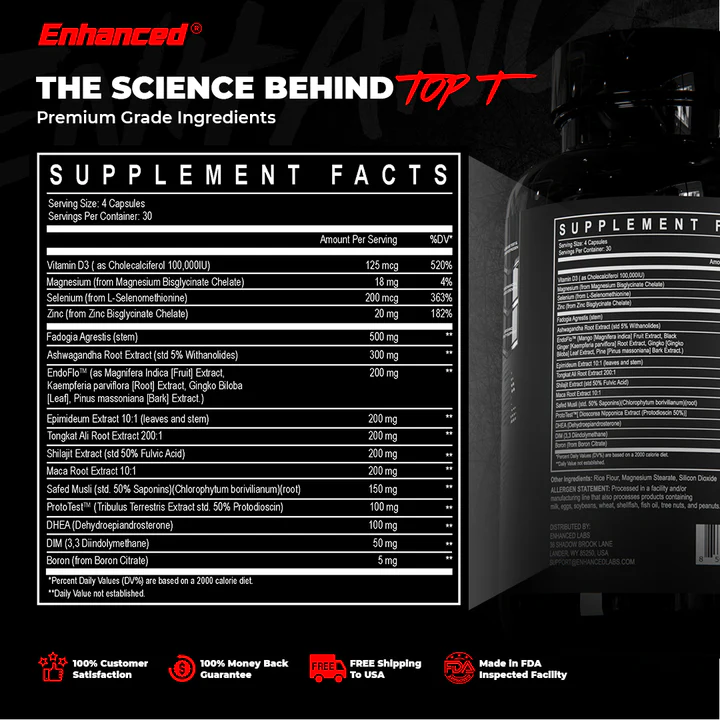
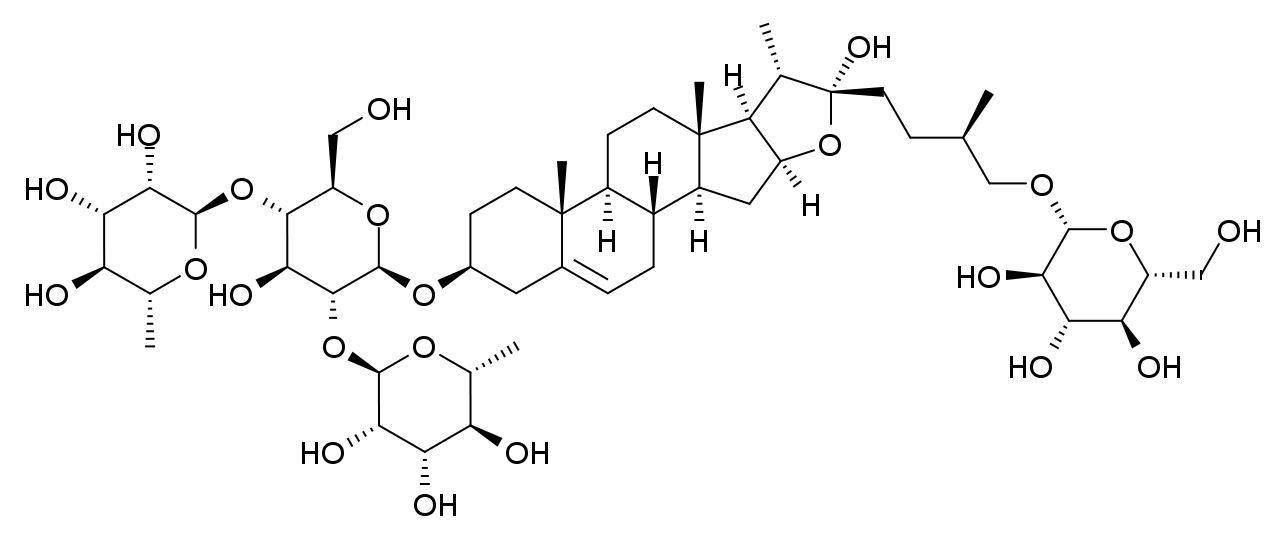
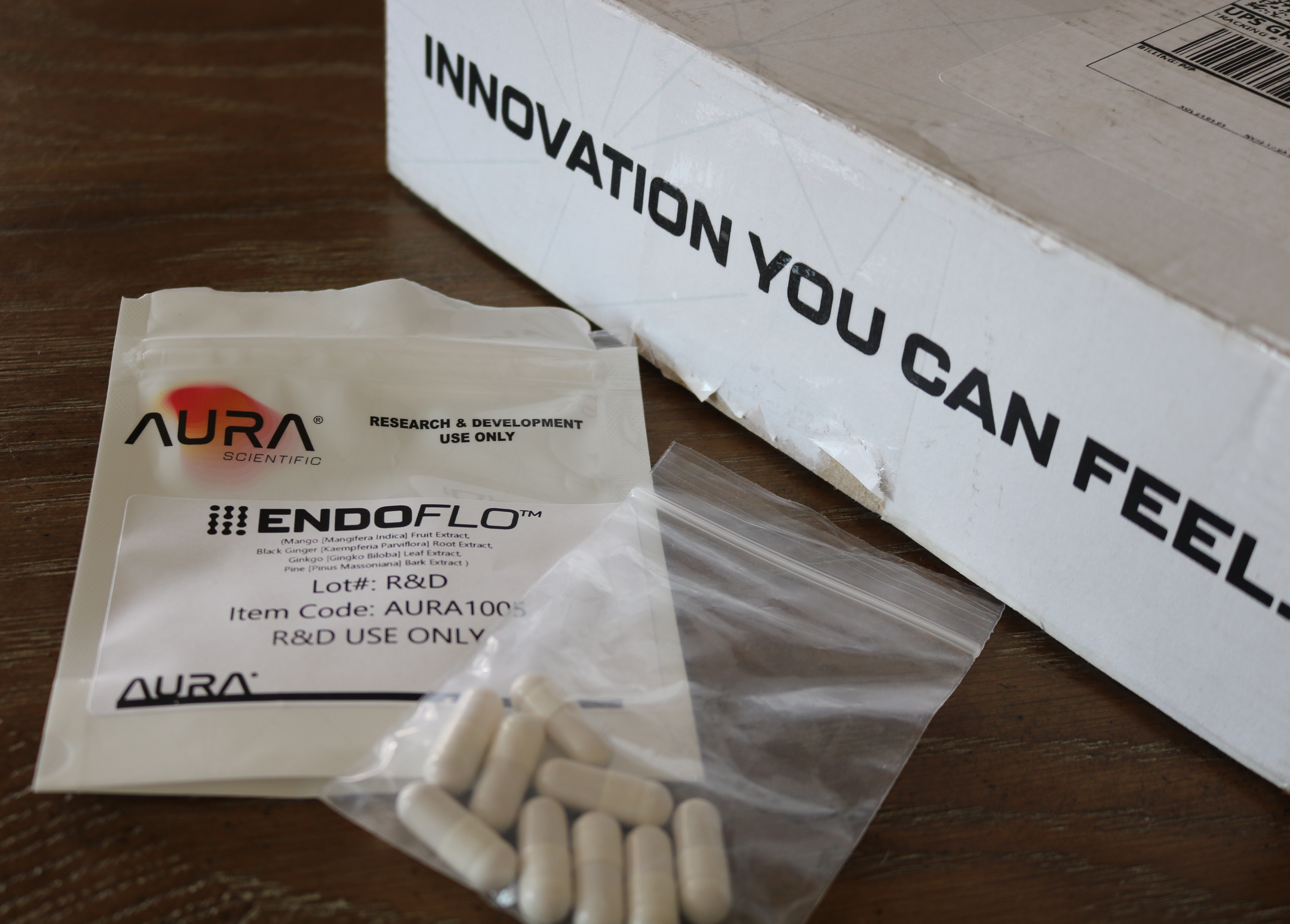
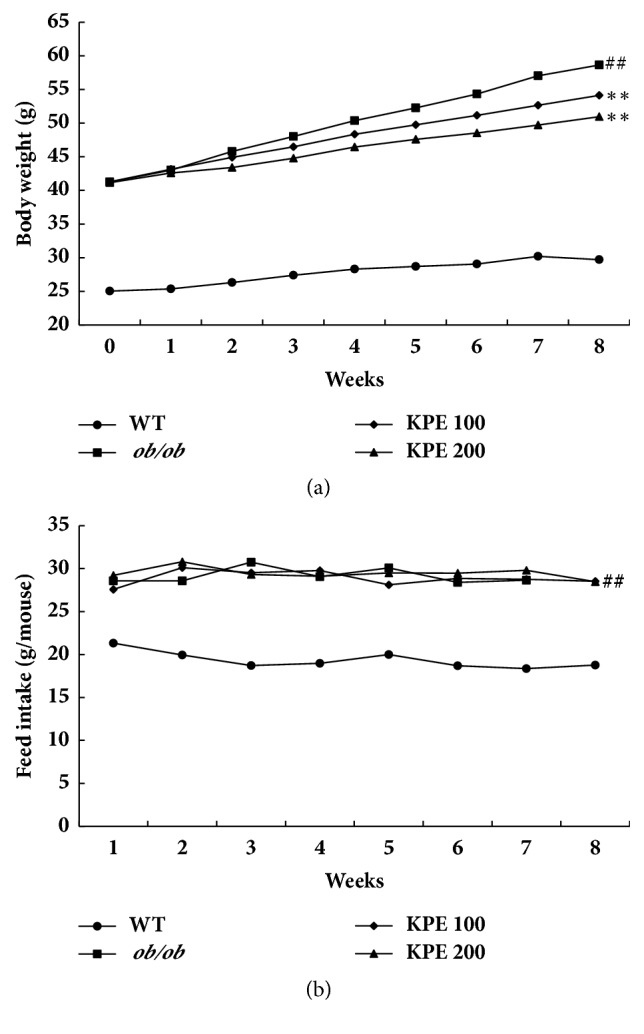
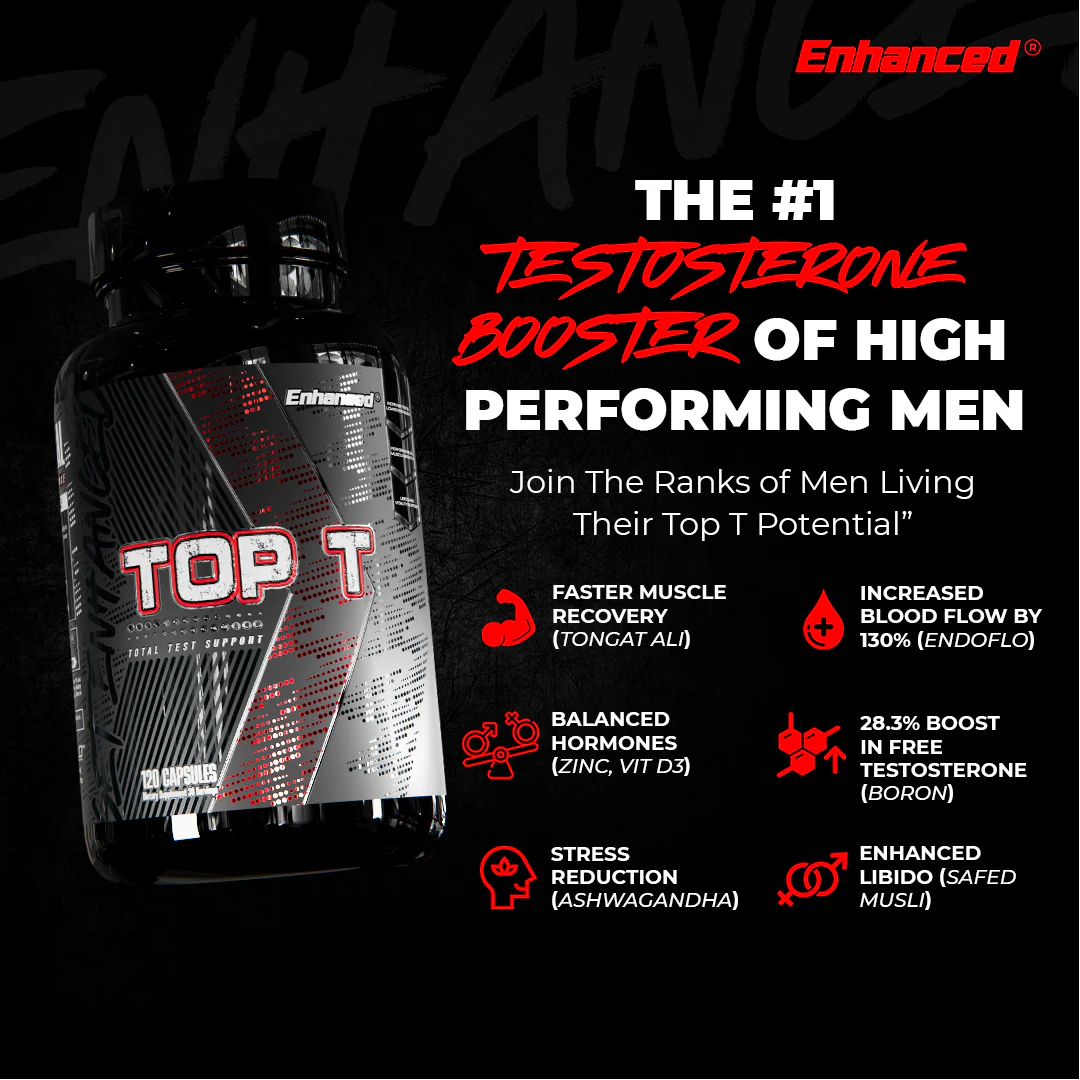
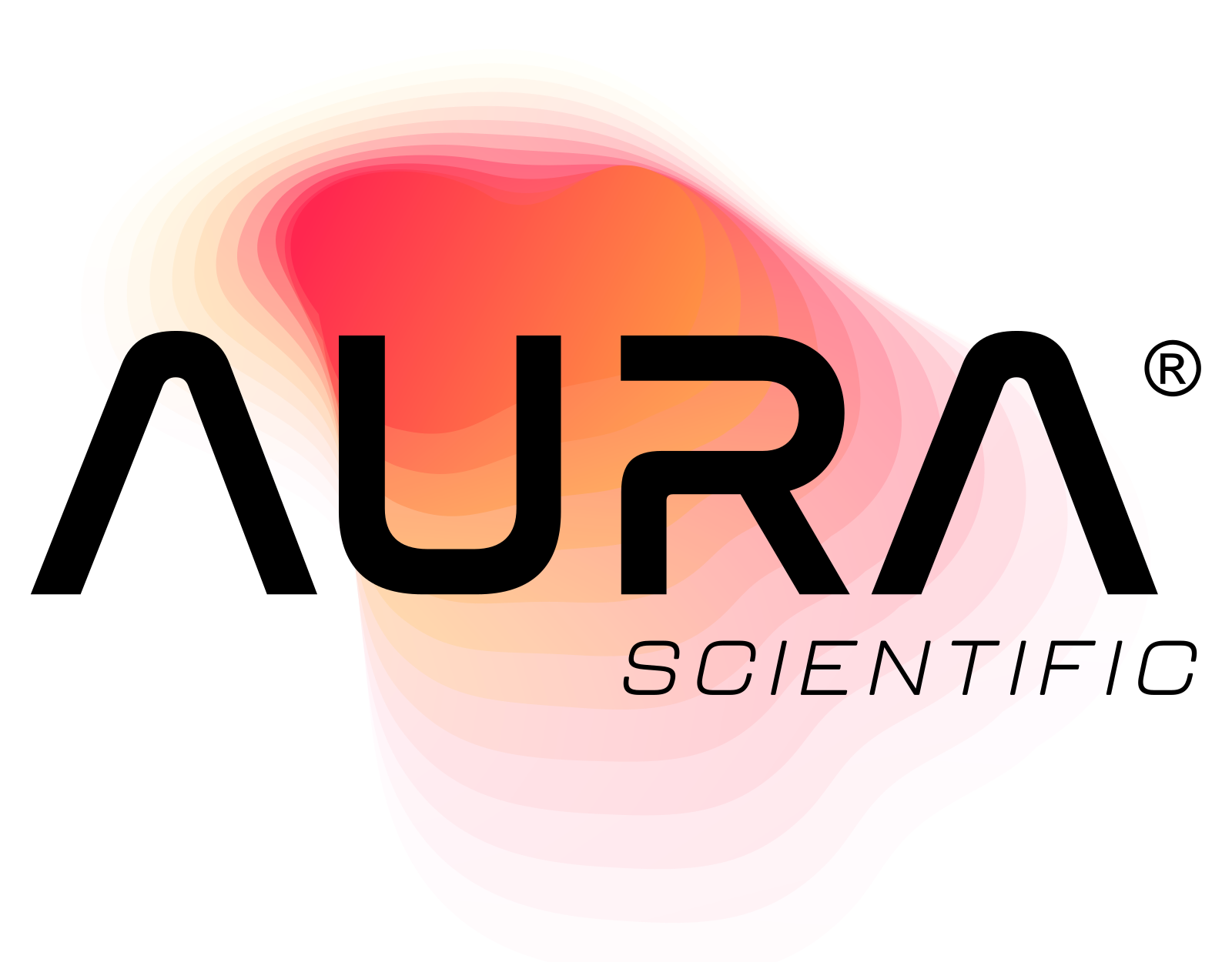
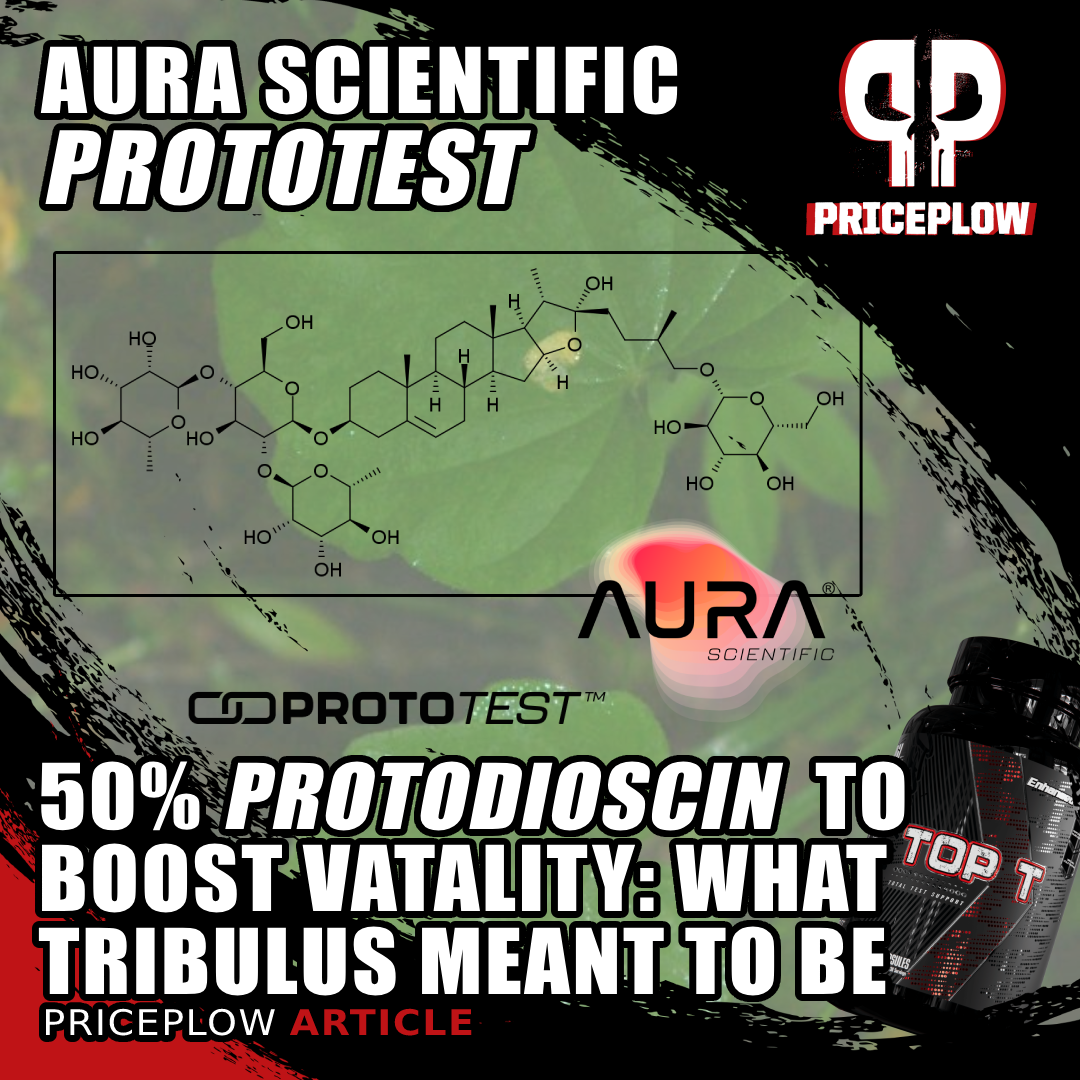
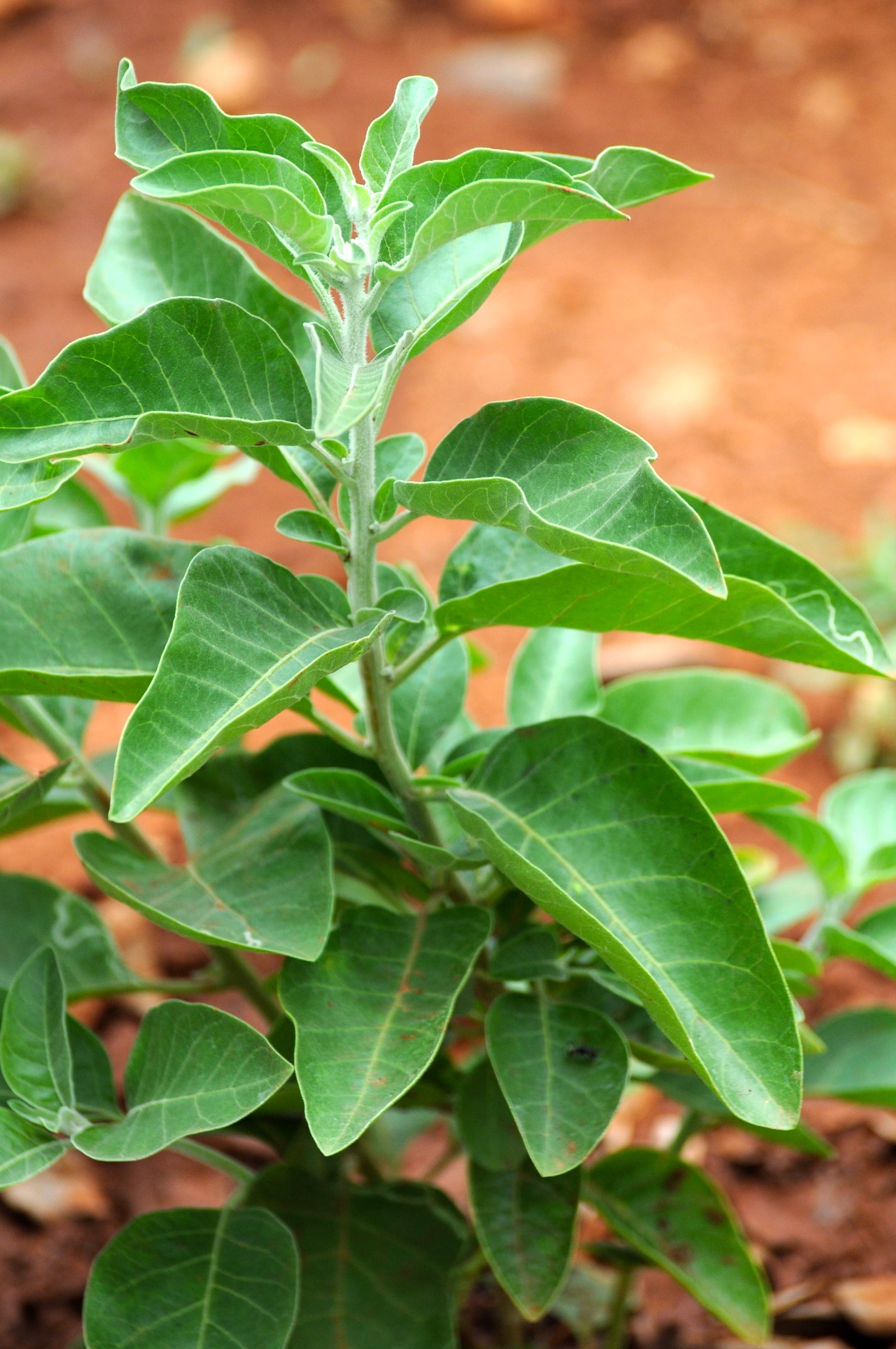
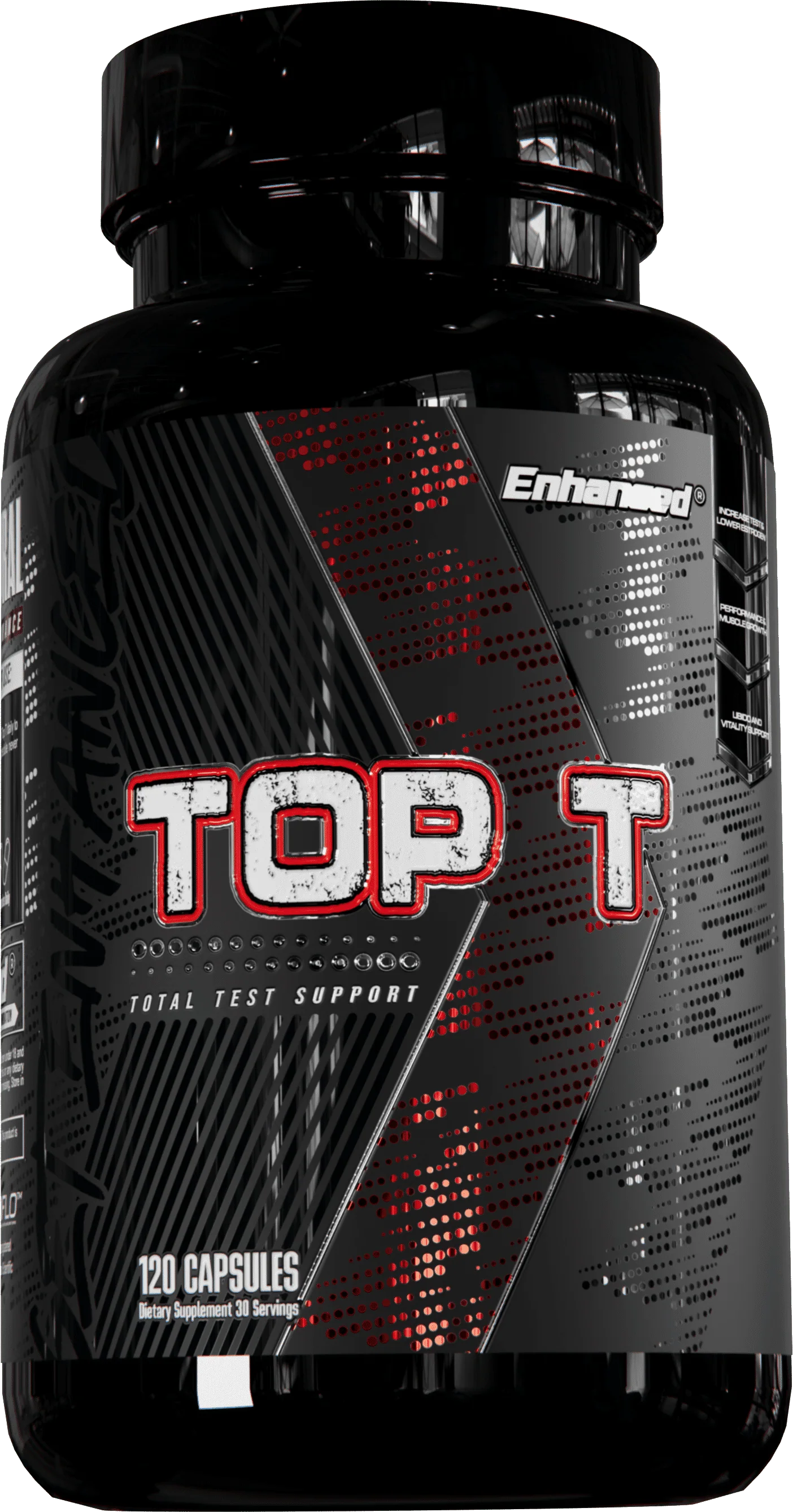
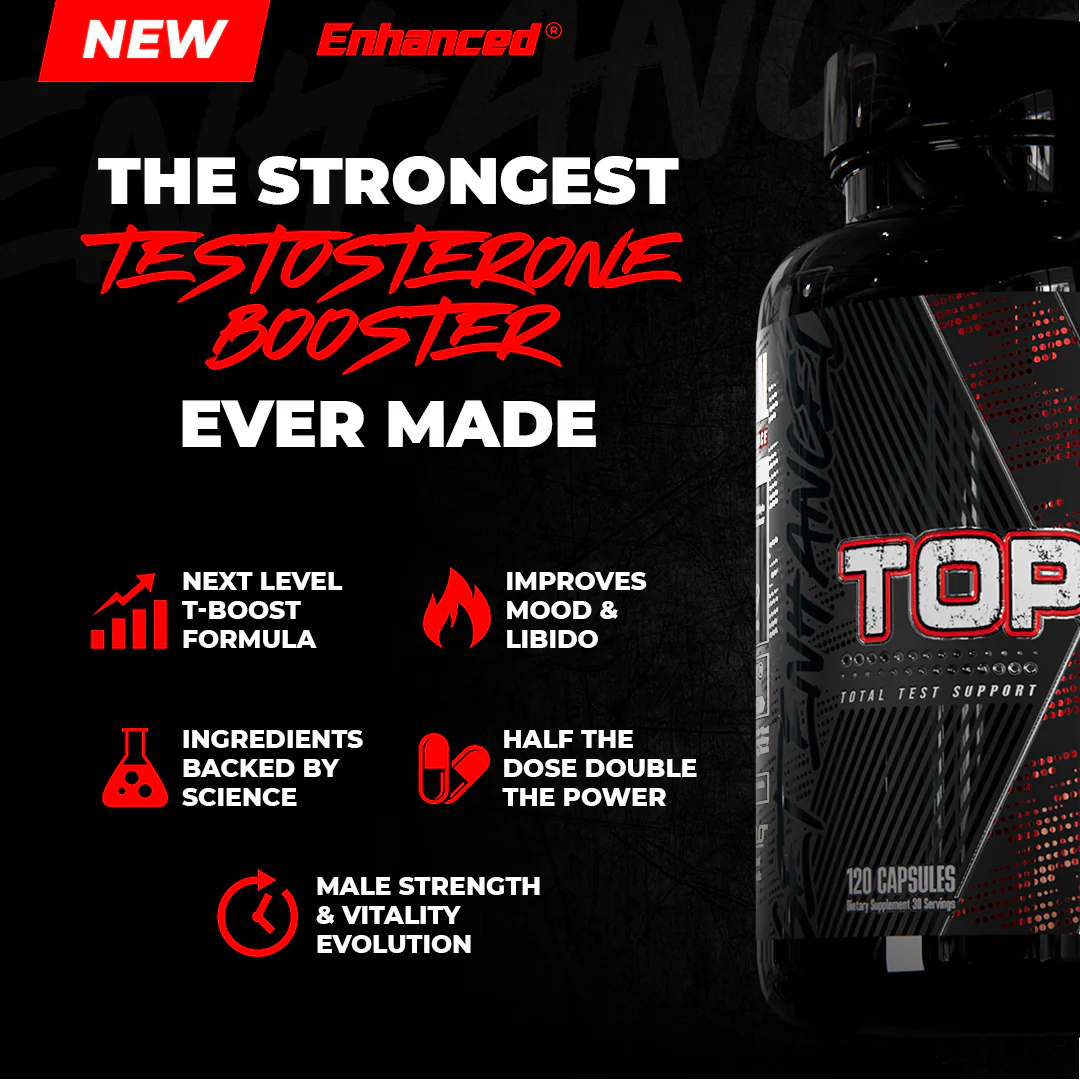
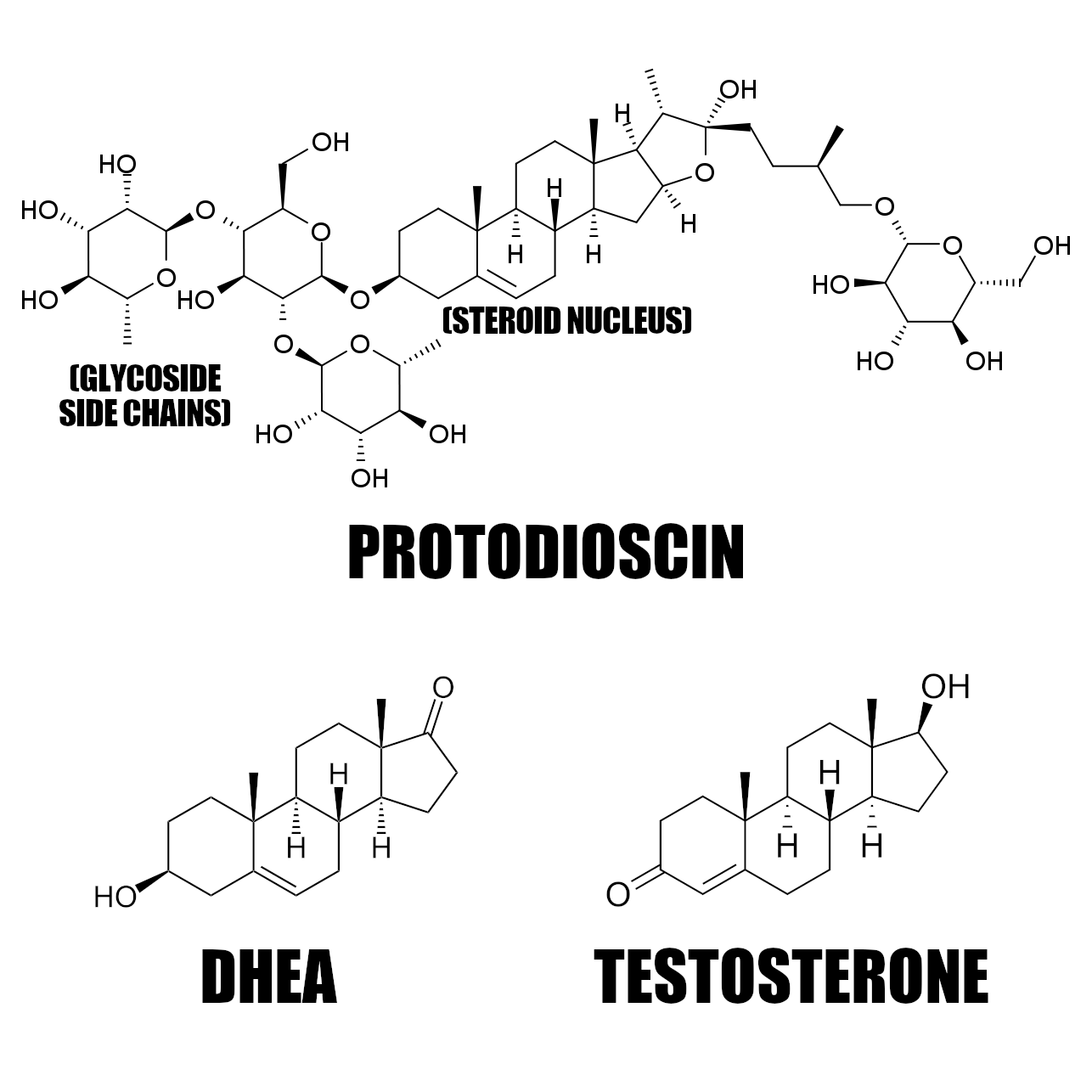
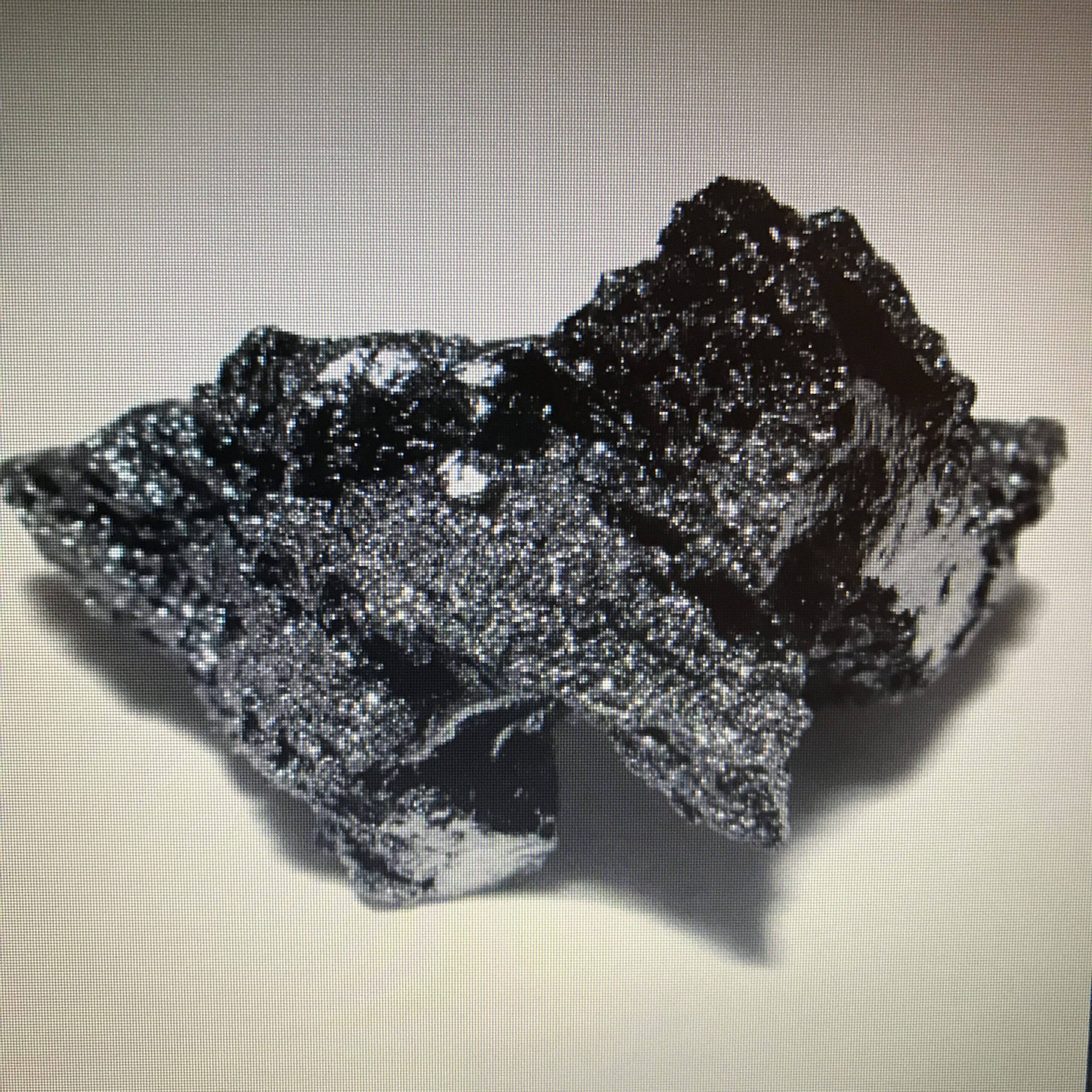
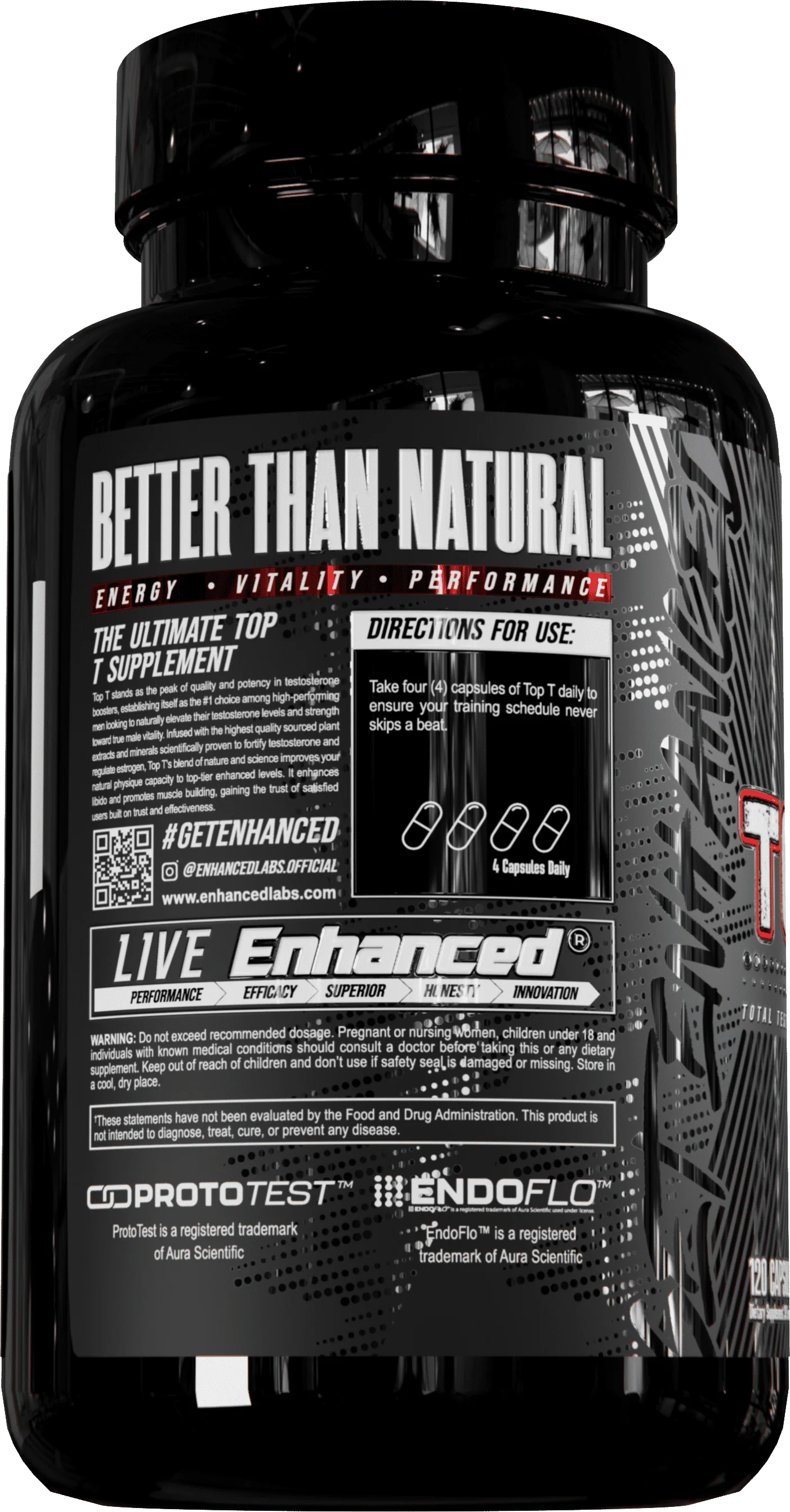

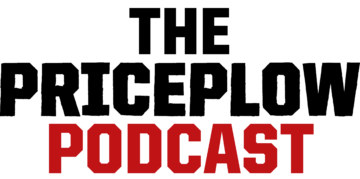
Comments and Discussion (Powered by the PricePlow Forum)